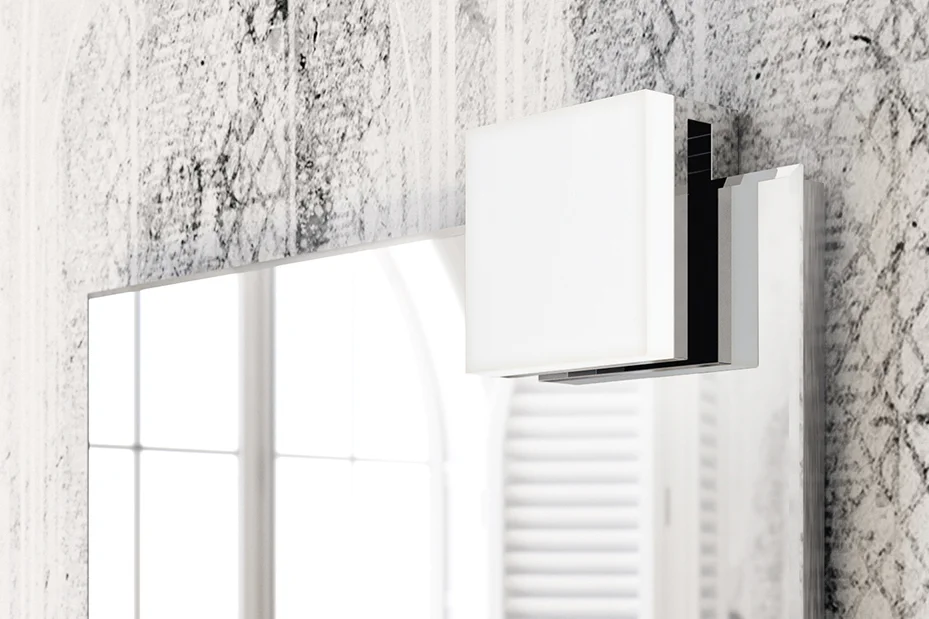A popular decorative material for centuries, wallpaper has the power to transform rooms with its beauty and versatility. In this article, we explore the fascinating history of wallpaper, the materials used, production techniques, decorative aspects and the talented artists and designers who have created works of art on this medium.

Wallpaper: Camelopardalis by @inkiostrobianco
Wallpaper has its origins in ancient China, where in the 2nd century B.C. the first examples of wall decorations were made using silk sheets glued to the walls. Over the centuries, this practice spread throughout the world, with unique influences and styles developed in different cultures. In the 17th century, wallpaper became particularly popular in Europe, with elaborate designs reflecting the artistic trends of the time.
Materials and production techniques
Wallpaper is made using a variety of materials, including paper, vinyl, fabric and even natural materials such as bamboo. Each material offers unique characteristics in terms of durability, ease of installation and aesthetic appeal. Production techniques include roller printing, screen printing, digital printing and hand engraving, allowing for the creation of designs of all kinds and complexities.
Decorative aspects
Wallpaper offers a wide range of decorative possibilities, ranging from geometric patterns to idyllic landscapes, from floral designs to reproductions of famous works of art. It can be used to create warm and cosy atmospheres, to add a touch of luxury or to transform a space in a bold and innovative way. The choice of design and colours can influence the mood of a room and create a unique style.

Artists and designers
Over the centuries, numerous artists and designers have made their mark on the world of wallpaper with their innovative creations. Some iconic examples include William Morris, with his intricate, nature-inspired floral designs, and Zuber & Cie, famous for their breathtaking wallpaper panoramas. More recently, contemporary artists such as Shepard Fairey have used wallpaper as an expressive medium to spread political and social messages.
Wallpaper is a timeless decorative element, combining functionality with artistic beauty. Its rich and fascinating history, varied materials and production techniques, decorative aspects and the talented artists and designers who have embraced it over the centuries make it a highly valued element in the world of interior design. Experimenting with wallpaper allows you to transform rooms and create unique, customised spaces that express your individuality and aesthetic taste.








